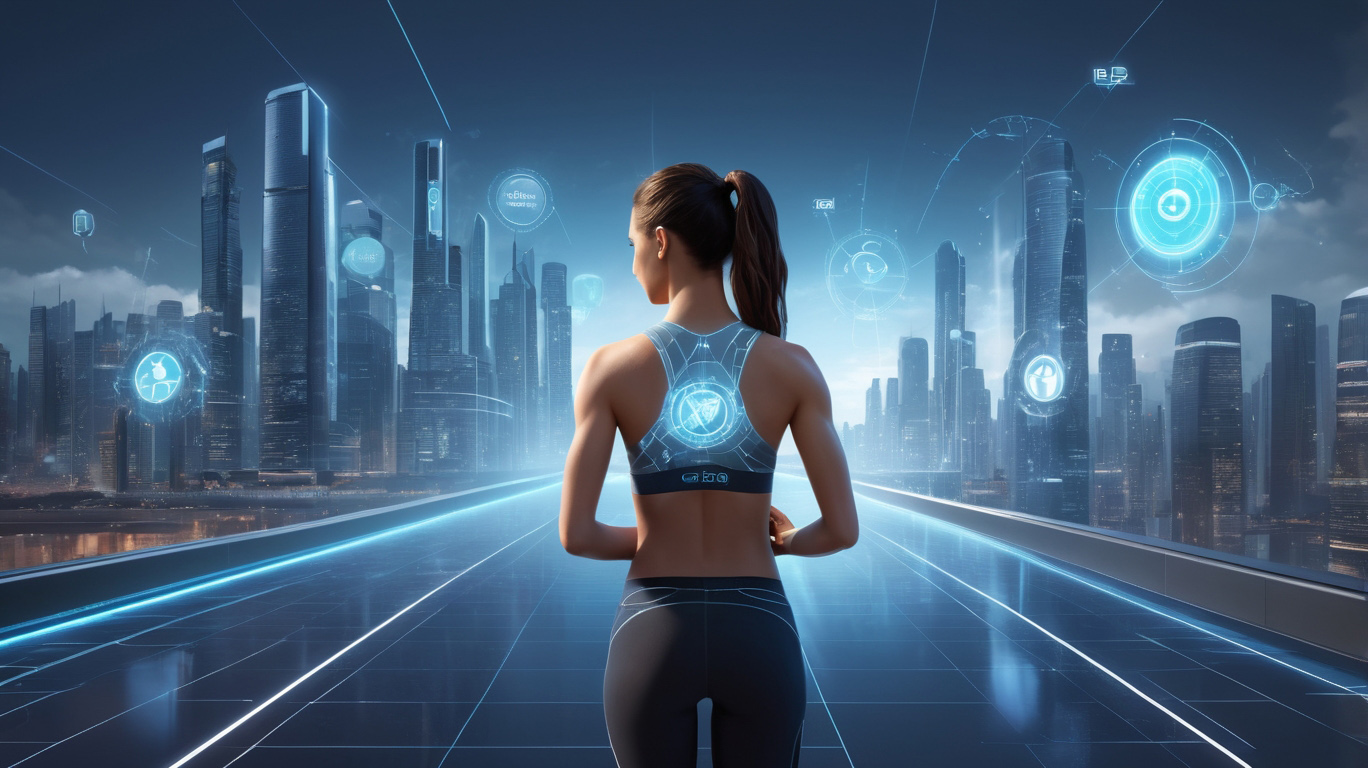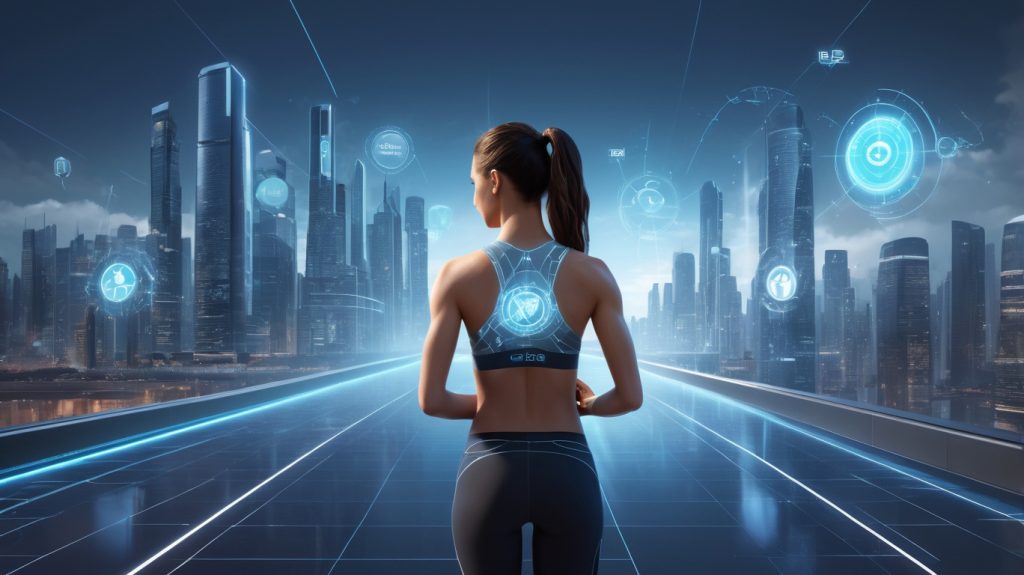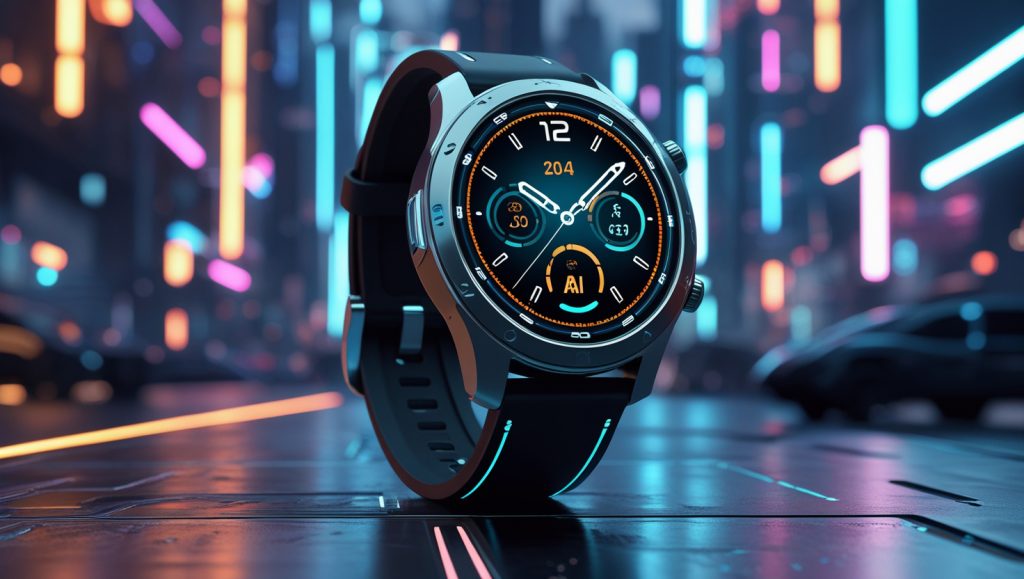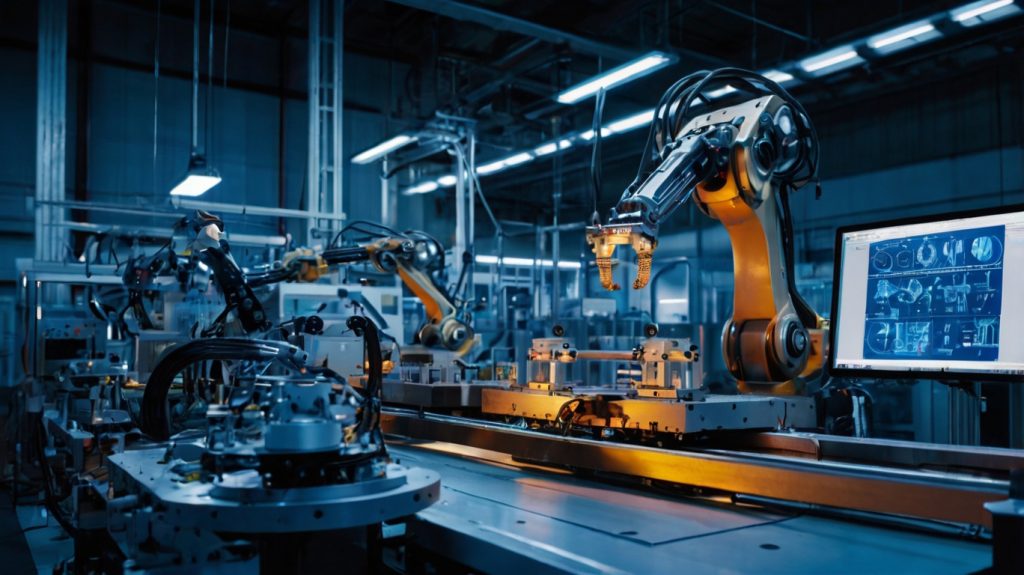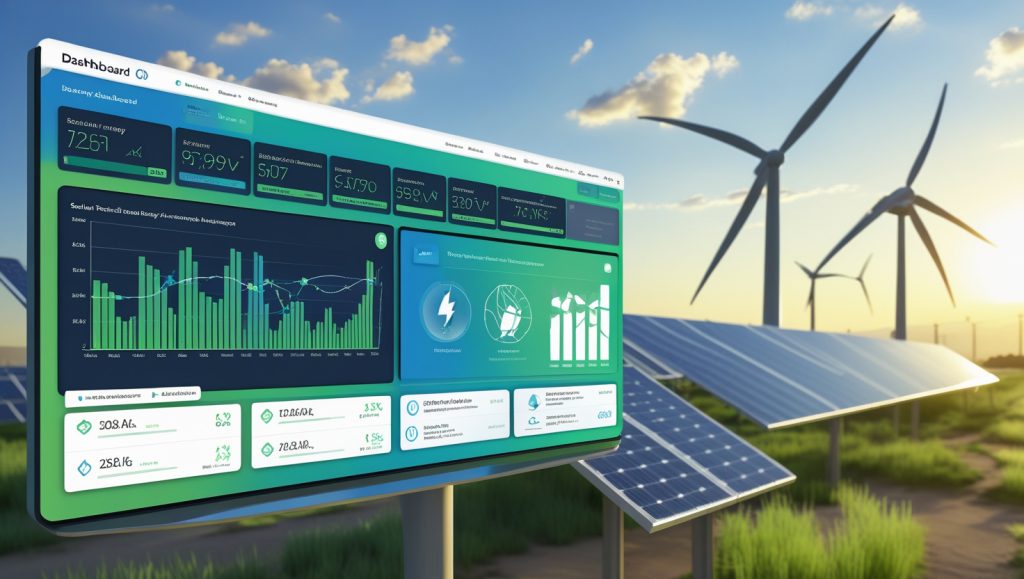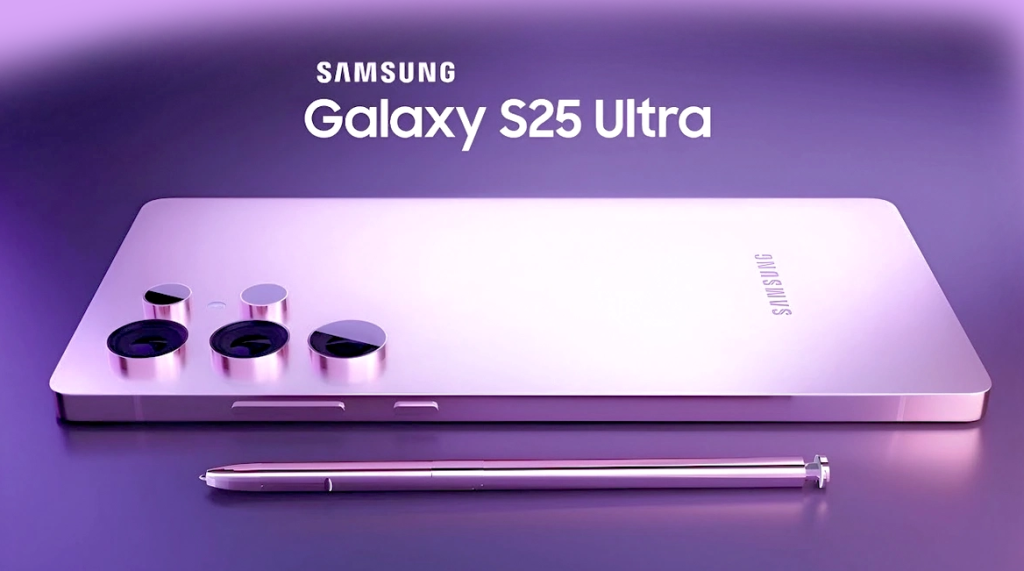Wearable technology has evolved rapidly over the past decade, transforming from simple fitness trackers to advanced devices that monitor health, enhance communication, and improve daily convenience. With each new generation, wearables are becoming smarter, more functional, and better integrated into our lives. So, what does the future hold for wearable tech? Let’s explore some of the most exciting developments on the horizon.
Table of Contents
1. Advanced Health Monitoring
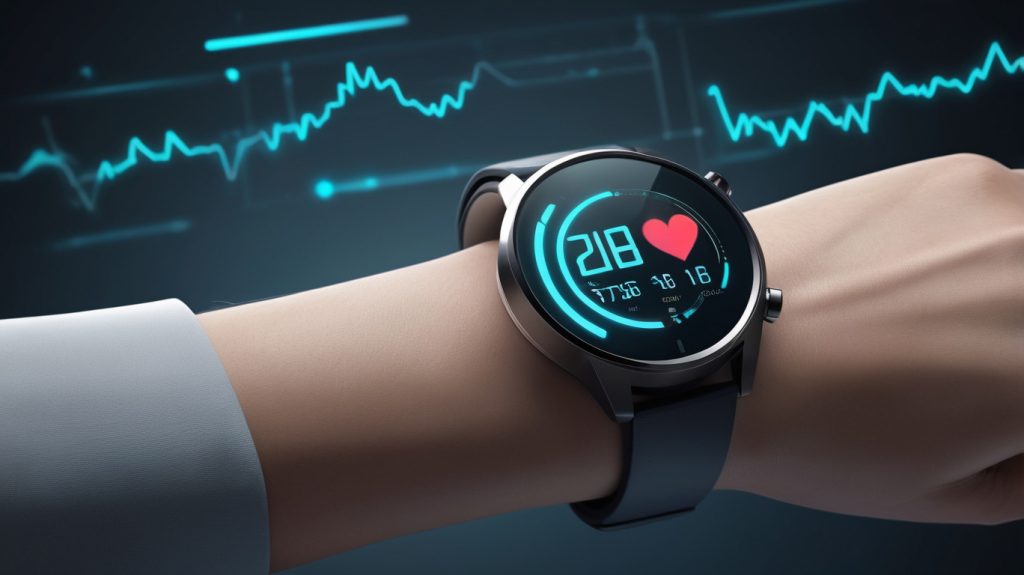
The evolution of wearable technology in healthcare is poised to revolutionize how we monitor and manage our health. Future devices will go beyond tracking basic metrics like steps, heart rate, and calories burned. Here’s what’s on the horizon:
- Continuous Glucose Monitoring (CGM): Non-invasive CGMs will allow diabetics and pre-diabetics to track their glucose levels without the need for finger pricks. These wearables will provide real-time alerts for dangerous spikes or drops in blood sugar levels.
- Blood Pressure Monitoring: Wrist-based monitors will become more accurate, rivaling medical-grade devices. Such advancements will allow users to monitor their blood pressure continuously, catching early signs of hypertension.
- Sleep Apnea Detection: Wearables will detect breathing irregularities and oxygen level drops during sleep, helping users identify and treat sleep apnea. This could improve overall sleep quality and reduce the risk of related conditions.
- Mental Health Monitoring: By analyzing heart rate variability, skin temperature, and breathing patterns, future wearables will be capable of detecting signs of stress, anxiety, and even depression. They may offer suggestions or interventions like guided breathing exercises.
The integration of these features will make wearables indispensable tools for preventive healthcare and chronic condition management.
2. Wearable AI Integration
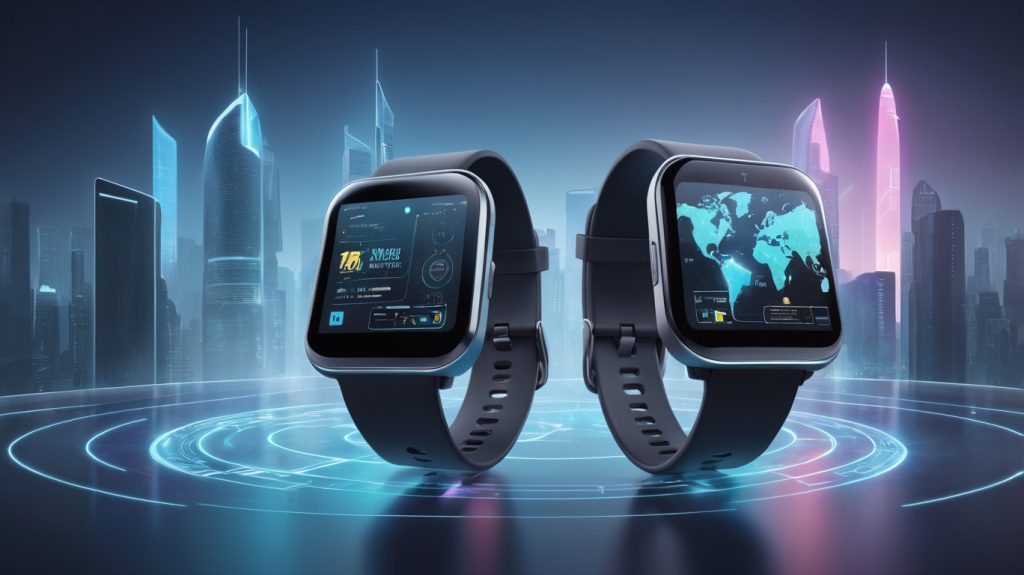
Artificial Intelligence (AI) will play a pivotal role in shaping the next generation of wearable technology. These devices will become smarter and more personalized by learning user behaviors and preferences. Here are some anticipated advancements:
- Health Coaching: AI-powered wearables will analyze users’ fitness routines, dietary habits, and sleep patterns to provide tailored recommendations. For instance, they might suggest exercises to improve cardiovascular health or meals to boost energy.
- Voice Assistants: As AI evolves, wearables will feature more intuitive voice control. Users will be able to set reminders, send messages, or ask for directions without needing to take out their phones.
- Real-Time Translation: AI-driven wearables will offer real-time language translation, breaking down language barriers in conversations. This feature could be invaluable for travelers and business professionals.
With these enhancements, wearables will not just be accessories but essential companions that enhance daily life.
3. Flexible and Biodegradable Materials
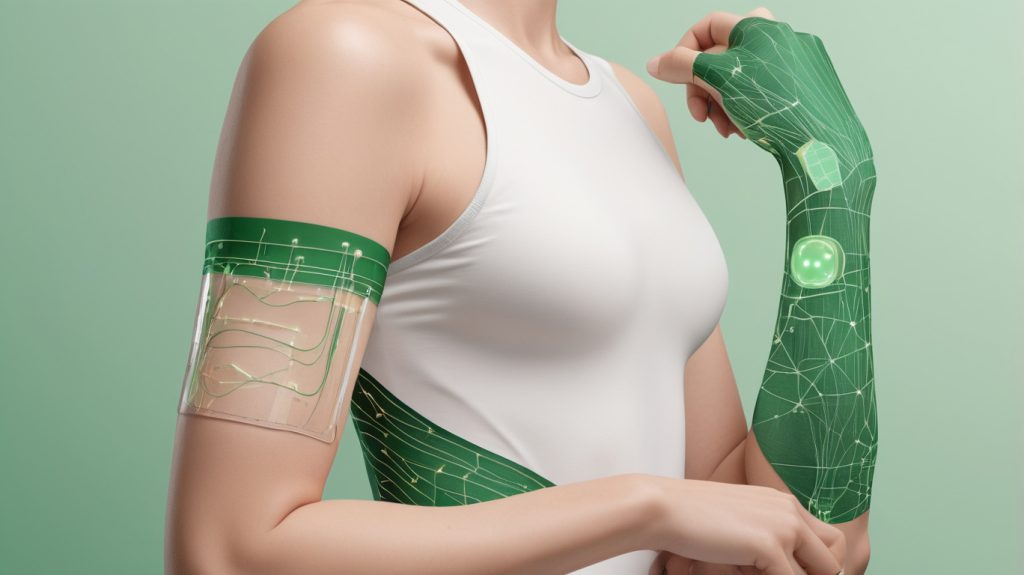
The future of wearable design lies in the use of innovative materials that are flexible, stretchable, and even eco-friendly. Here’s how these materials will shape the next generation of wearables:
- E-Skin: Ultra-thin, flexible sensors that adhere to the skin like a second layer will monitor vital signs without the bulk of traditional devices. These sensors will be nearly invisible and offer improved comfort.
- Textile Integration: Smart fabrics embedded with sensors will track movement, temperature, and hydration. These fabrics could be used in athletic wear to optimize performance or in medical garments for continuous health monitoring.
- Eco-Friendly Wearables: As sustainability becomes a priority, wearables will be made from biodegradable materials that reduce environmental impact. This innovation will address growing concerns about electronic waste.
These materials will not only improve comfort and functionality but also promote a more sustainable future for wearable tech.
4. Augmented Reality (AR) and Mixed Reality (MR)

AR and MR are set to revolutionize wearable technology by offering immersive experiences that blend the digital and physical worlds. Here’s what to expect:
- Real-Time Information: Smart glasses and contact lenses will overlay navigation, notifications, and messages onto the real world. Imagine walking through a city and seeing directions projected in front of you.
- Workplace Applications: AR glasses will assist workers in industries like manufacturing and healthcare. They could display instructions for complex tasks, provide remote guidance, or highlight potential hazards.
- Entertainment: AR-powered wearables will enhance gaming and media experiences. Users will be able to interact with virtual objects in their physical environment, creating immersive and engaging experiences.
These advancements will unlock new possibilities for communication, productivity, and entertainment.
5. Longer Battery Life and Energy Harvesting

Battery life has long been a limitation for wearable tech, but future innovations will address this challenge. Here’s how:
- Solar Charging: Wearables equipped with solar panels will harness sunlight to extend battery life, reducing the need for frequent charging.
- Kinetic Energy Harvesting: Future devices may convert body movements into usable energy. For example, walking or jogging could generate enough power to keep a wearable running.
- Improved Battery Tech: Next-gen batteries will be more efficient, charging faster and lasting longer. Solid-state batteries, in particular, hold promise for safer and more reliable energy storage.
These improvements will enhance the convenience and longevity of wearable devices.
6. Seamless Connectivity

As 5G and Wi-Fi 6 become more widespread, wearables will benefit from faster and more reliable connectivity. Here’s what this means for the future:
- Cloud Integration: Wearables will offload data processing to the cloud, enabling quicker responses and lighter devices. Users will enjoy faster access to insights and recommendations.
- IoT Integration: Wearables will seamlessly communicate with other connected devices, such as smart home systems, cars, and appliances. This integration will create a more connected and automated lifestyle.
- Edge Computing: By processing data locally rather than relying on distant servers, wearables will offer real-time interactions. This will be crucial for applications like health monitoring and emergency alerts.
Enhanced connectivity will make wearables more versatile and powerful than ever before.
7. Customizable and Modular Wearables
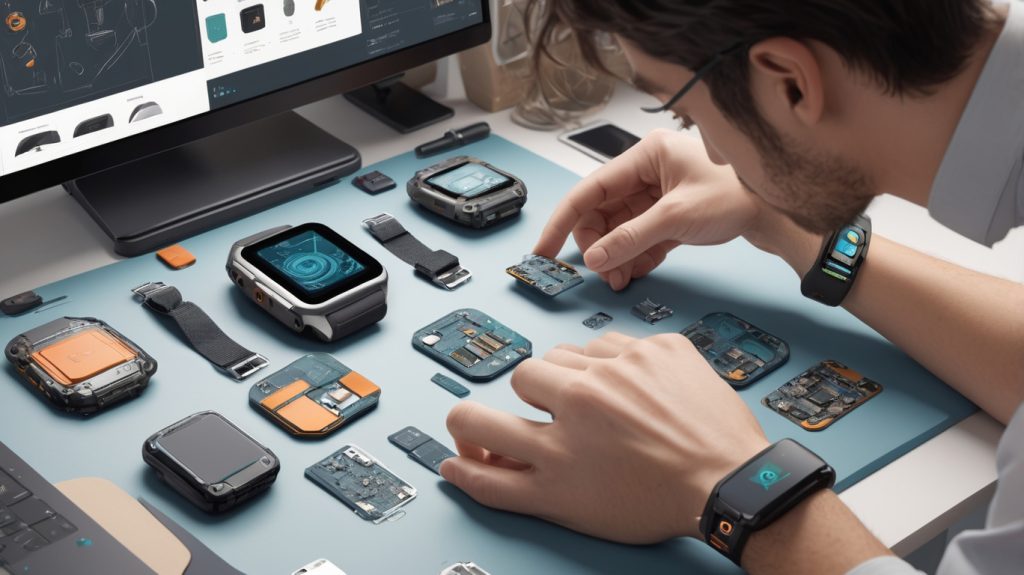
Modular designs will allow users to personalize their wearables to fit their unique needs and preferences. Here’s what the future holds:
- Interchangeable Sensors: Users will be able to swap out sensors for specific purposes, such as heart rate monitoring, hydration tracking, or temperature measurement.
- Custom Fit: Wearables will feature adjustable designs that ensure maximum comfort and style. Users may even have the option to 3D-print custom components.
- Upgradeable Components: Rather than replacing an entire device when new features are released, users will be able to upgrade individual components. This will extend the lifespan of wearables and reduce electronic waste.
Modular wearables will offer greater flexibility, personalization, and sustainability.
Conclusion
The future of wearable tech is bright, with innovations that promise to make these devices more powerful, versatile, and essential to our daily lives. From advanced health monitoring to seamless connectivity and AI-driven insights, wearables are set to play a central role in shaping the future of technology. As we move forward, wearable tech will continue to bridge the gap between humans and technology, making our lives healthier, more connected, and more convenient than ever before.
Stay tuned to Mtechzaera for the latest updates on wearable technology and other tech innovations!

